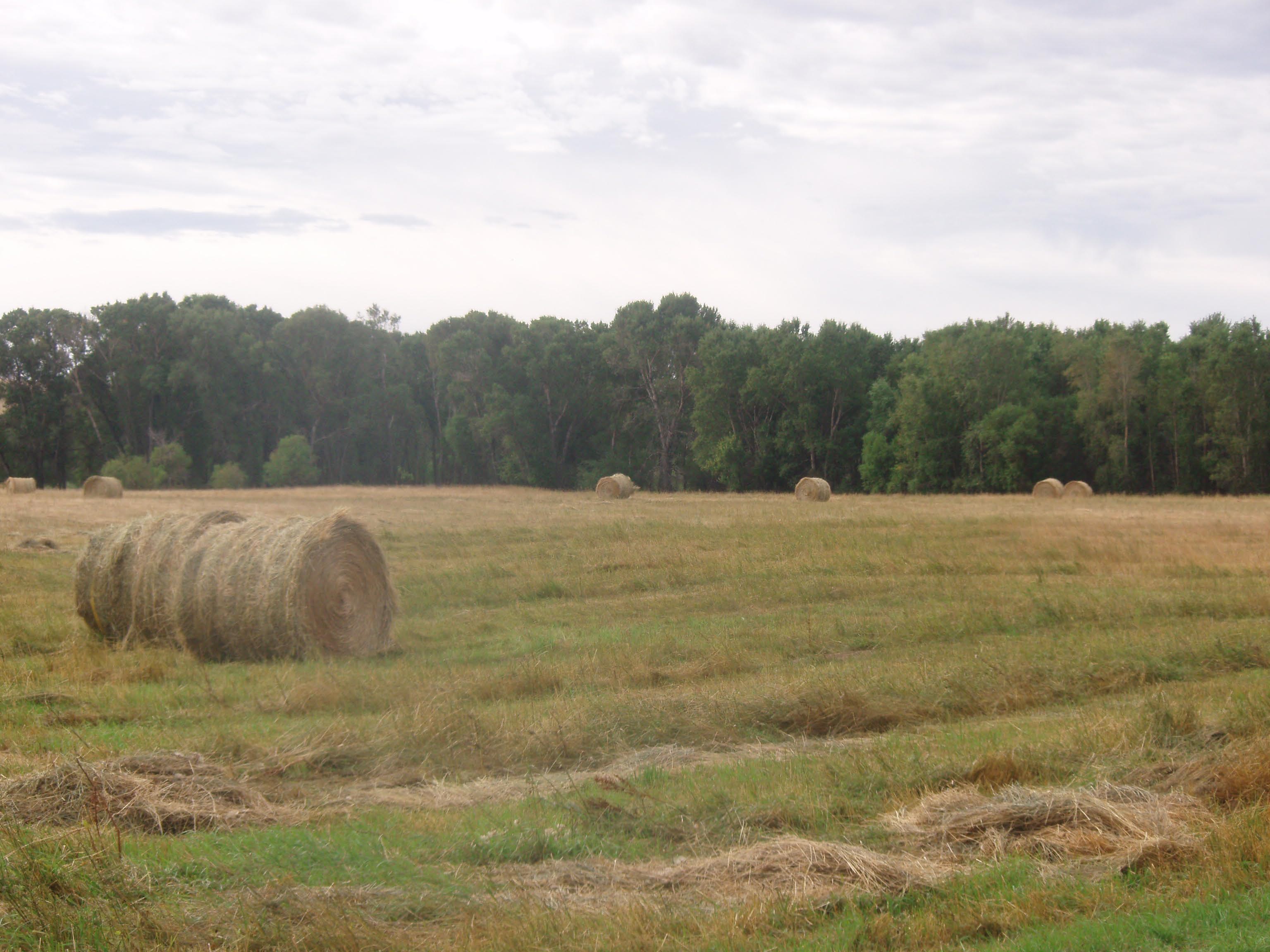
Agricultural News
Hay Shortage May Lead to More Foreign Materials in Hay
Wed, 09 Nov 2011 14:10:36 CST
 An extremely hot and dry summer has left cattle producers searching for hay to feed through the winter.
An extremely hot and dry summer has left cattle producers searching for hay to feed through the winter.
Truck after truck can be spotted on highways throughout the state bringing in hay from other areas. Daren Redfearn, Oklahoma State University Cooperative Extension forage specialist, has some tips for producers to consider when purchasing hay from regions outside the southern Great Plains.
"The current hay shortage has resulted in hay being harvested from some nontraditional areas, such as highway right-of-ways and old go-back fields," Redfearn said. "It is important for hay buyers to be aware of a couple of potential issues regarding foreign matter in this type of hay and hay from other sources, as well."
The two biggest concerns are trash and weeds. Three simple questions can give producers an idea if there is going to be any potential problems with foreign materials in that hay. How clean is the hay?
"Asking this question is the first opportunity to determine if there may be any potential problems with foreign matter in the hay," he said. What type of hay is it? "Many times, the answer is prairie hay, bermudagrass hay, alfalfa hay or fescue hay," Redfearn said. "If the hay is classified as mixed-grass hay, it is important to ask what grasses are in the mix."
If there are species in the mix that are not commonly grown in the region, that could signal a potential problem. Finally, how was the hay managed?
"Specifically, you are trying to find out the level of management inputs, such as fertilization and weed control. Some hay is marketed as 'fertilized and sprayed'," he said. "This would be an indication that the hay was produced with at lease a somewhat higher level of management."
However, it is fine if native grass hay has not been sprayed or fertilized.
Asking these simple questions is important for producers to be aware of what they are purchasing.
WebReadyTM Powered by WireReady® NSI
Top Agricultural News
More Headlines...



















